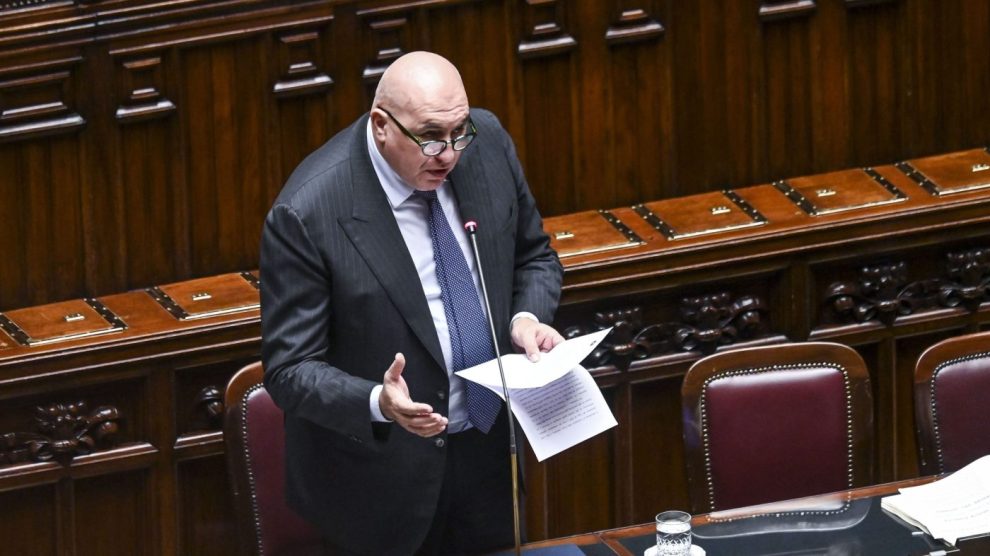On Wednesday, the announcement of a “home paper” and a forthcoming draft bill for an overall sector reorganisation indicated the intention to build a “Defence 5.0”, able to integrate cyber, space, and information as national operational domains.
The big picture: Minister Crosetto outlined before Parliament a wider vision of national security, combining cybersecurity, cognitive warfare and regulatory modernisation.
- “I have drafted a home paper, a working document that I will make available to Parliament,” the minister said, explaining that the text outlines “the main regulatory and operational guidelines needed to make defence more modern, effective and ready to counter hybrid threats.”
Key elements of the plan:
- Cyber domain recognised as a national defence space.
- Creation of a “Cyber Army” with an initial capacity of 1,200–1,500 operational units, both civilian and military.
- A centre for hybrid warfare, dedicated to countering cognitive and information warfare.
- Regulatory updates to ensure defensive postures that are “more timely and consistent with new scenarios.”
Spending and sustainability. During Question Time, Crosetto also linked the cyber reform to the gradual increase of the Defence budget:
- “This target implies an average increase of 0.15–0.2% of GDP per year until 2035, to be achieved gradually and sustainably.”
- The minister added that he had received assurances from Economy Minister Giancarlo Giorgetti that — once Italy exits the European excessive deficit procedure — the country will be able to increase spending by 0.15% in 2026, 0.15% in 2027 and 0.2% in 2028.
The European context. Italy aims to exit the deficit procedure by mid-2026, paving the way for higher defence expenditure without violating EU rules, also through the possible activation of a defence-related escape clause.
- “Finally, this issue is starting to be discussed also at the European tables, where until now it had not been addressed. The question today is no longer what we need to do, but how quickly we will be able to do it together with our allies,” Crosetto concluded.
The strategic message. Crosetto’s remarks come at a time when Italy aims to:
- align with the new NATO targets (up to 5% of GDP for “broad” defence);
- consolidate its technological and cyber autonomy;
- redefine military doctrine in light of hybrid and cognitive warfare.
The bottom line: Italian Defence — until now focused mainly on traditional capabilities — is therefore preparing for a phase of structural integration of new strategic domains, from cyber warfare to the information domain, in the context of heightened awareness of rival actors’ threats and today’s geopolitical turbulence.




